
Commitment Radio on display at Salone del Mobile 2006.
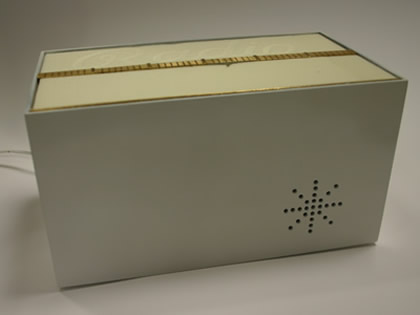
The finite space in Commitment Radio encourages deliberateness in your choices and actions.
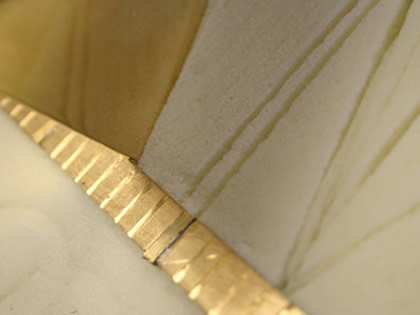
To listen to a station, you must push the dial into the radio, leaving a permanent mark. Over time your radio develops a visible history of your favorite stations.

Finding a favorite station is as easy as moving the dial to an existing cut in the radio.
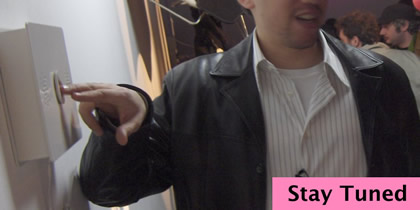
Stay Tuned on display at Salone del Mobile 2006.
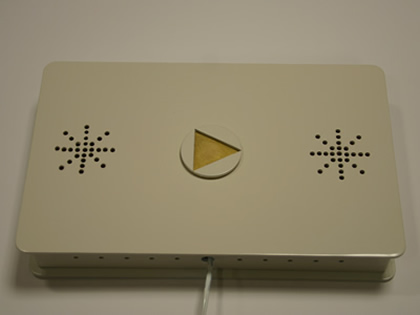
The new version of Stay Tuned features a prominent play button.

Stay Tuned keeps playing the same station as long as you remain in contact. Take your hand away and it plays static. Touch it again, and it chooses a new station.

A video prototype demonstrating the concept behind Commitment Radio. Video opens in a popup window (~3.54MB).

A video prototype demonstrating the concept behind Stay Tuned. Video opens in a popup window (~2.65MB).

The original radios in operation. Video opens in a popup window (~2.91MB).
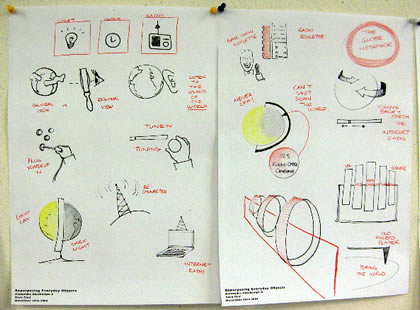
Some of our original concepts.

Another one of our original concepts.
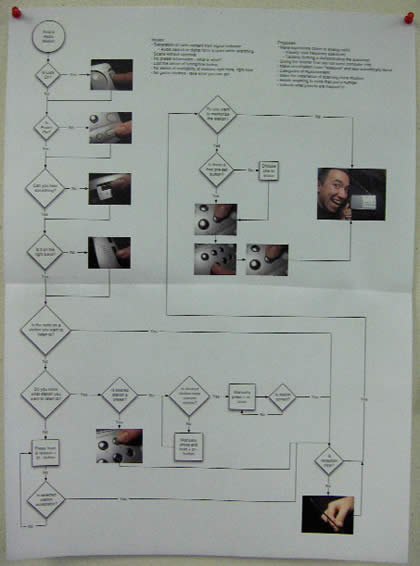
We began the project by analyzing a particular function of the radio.
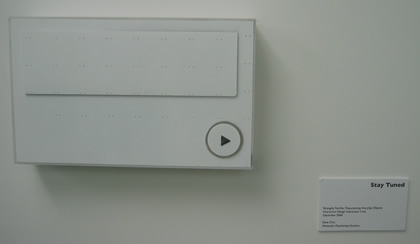
The original Stay Tuned was meant to lie as flush against the wall as possible.
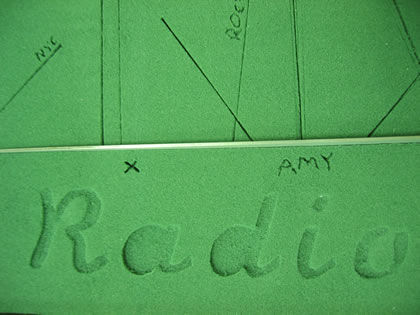
The original Commitment Radio used green floral sponge...the only kind we could find in the small town of Ivrea.

Electronics in the original prototypes, which would hook up to the Wiring board and the hacked radio.

One of the hacked radios.
Today's generic digital radios are more often sources of background noise than our primary focus.
We designed Stay Tuned and Commitment Radio as reflections of human interactions and relationships with radio.
They are less consumer electronics than critiques of modern perceptions of radio.
Originally developed as a four-week physical computing project, Commitment Radio and Stay Tuned were refined and publicly exhibited for the first time during Salone del Mobile 2006 in Milan, Italy.
Brief The aim of this project is not to create new innovative products for technology sake. Rather, the aim is to rethink existing products, harness their existing functionality, and make them more understandable, meaningful, and delightful to use.
Our vehicle for investigation will be everyday digital devices found in the domestic environment. Our aim is to analyze these devices and explore alternative propositions by recognizing the lost qualities of the physical and tangible world, and merge these intelligently with the functional benefits of the digital world.
We encourage you to explore more meaningful interactions (interactive behaviors) that are more poetic, simple, understandable, and intuitive.
Complete brief strangely_familiar_brief.pdf
Positioning We began this project by analyzing various functions of the radio, breaking down the steps necessary to access particular functions and organizing them into a flowchart. After looking at the function of tuning the radio, we chose to focus on the tasks of making presets and the enjoyment of radio.
Although our primary goal was to simplify our chosen tasks, we were also very interested in contextualizing the use of radio. Common to both projects is a sense that radio has lost its once important position within society. Where families once gathered around the radio to listen to the evening's radio programs and the wear on an old radio reflected history, today's generic digital devices serve primarily as sources of background noise or traffic reports during the morning commute.
Process In the early stages of the project, we used video prototypes to communicate our concepts and to explore potential interactions with the objects.
We designed and built two functional physical prototypes to communicate our concepts, later building more robust versions for exhibiting at Salone del Mobile 2006 in Milan, Italy.
Stay Tuned Stay Tuned focuses on the event of listening to radio, exploring humans as a physical and conceptual component of the radio.
Stay Tuned plays low-level static until a person touches the radio. As long as the listener remains in contact with the radio, a randomly selected station continues to play. When the listener breaks contact with the radio, the signal reverts to static.
Without humans listening, radio signals might as well be static. As an antenna collecting signals for Stay Tuned, listeners become part of the radio, changing the act of listening from passive to active. By requiring participation in the creation of radio, Stay Tuned asks you to engage in the moment and focus on the activity at hand.
Commitment Radio Commitment Radio examines radio presets and what it means to make a choice. Instead of using unmarked generic buttons, presets on Commitment Radio create permanent marks. Over time, Commitment Radio will become personalized with your changing musical tastes, political leanings, locations, and age.
The functioning physical prototype of Commitment Radio allows you to scan for stations by moving a dial along the tuning strip. To listen to a station, however, you must push the dial into the radio, leaving an indelible mark.
Over time, Commitment Radio will become personalized with your changing musical tastes, political leanings, locations, and age. Because the radio has a finite amount of space, Commitment Radio encourages deliberateness in your choices and actions.
Commitment Radio makes your listening choices and habits public: will this affect your behavior?
Technology All projects took advantage of Wiring, an open project initiated by Hernando Barragán at Interaction Design Institute Ivrea. Wiring in turn builds on Processing, the open source programming language developed at the Massachusetts Institute of Technology Media Lab and Interaction Design Institute Ivrea by Ben Fry and Casey Reas.